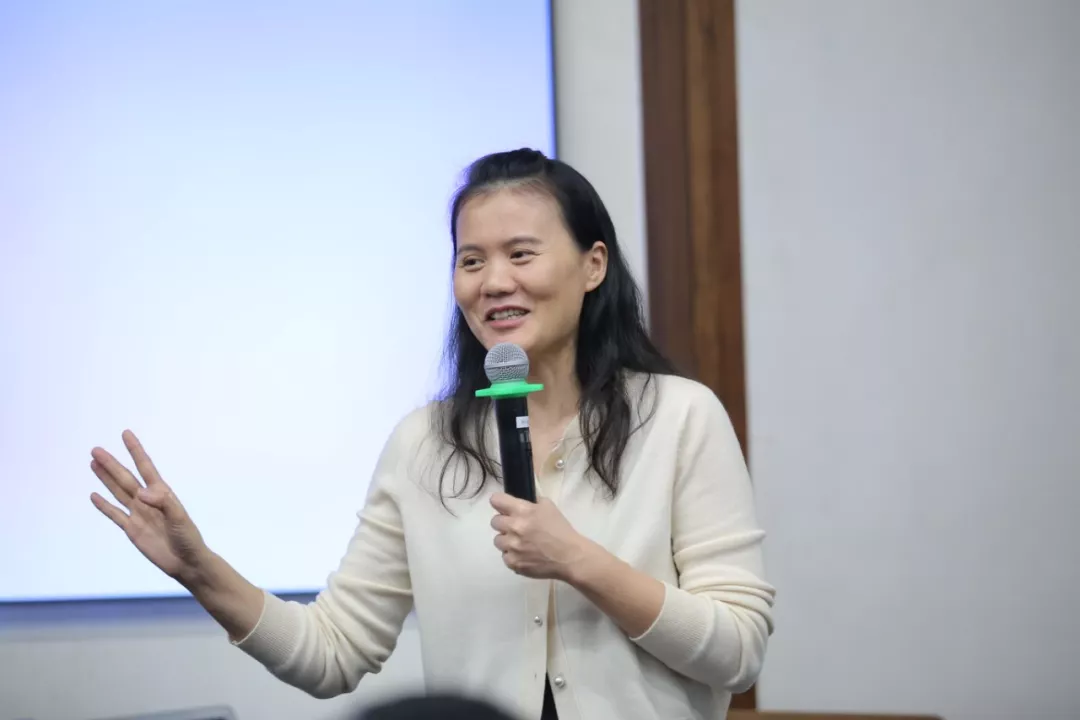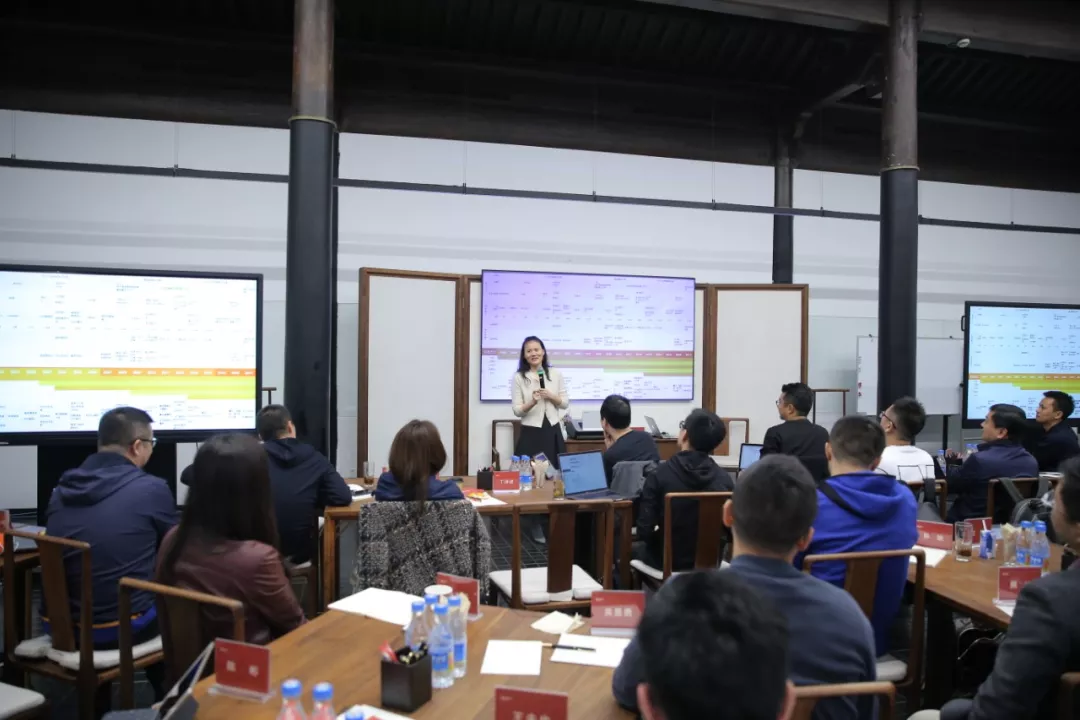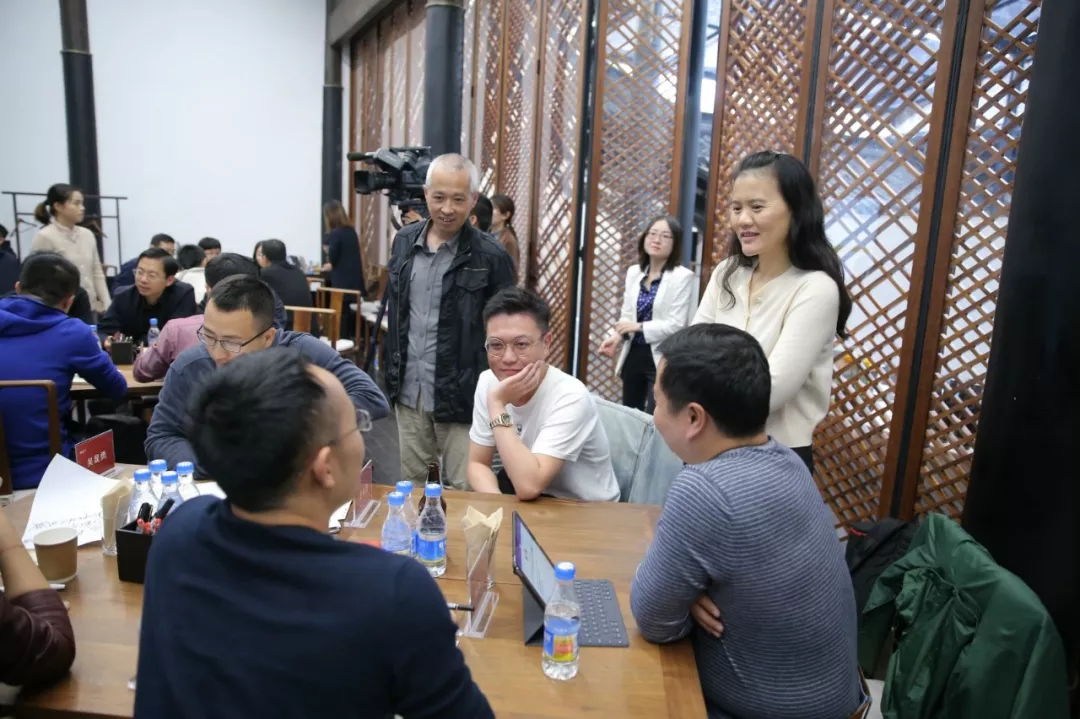Curated by Alibaba Business School
From Hupan University
It’s a special year. For HR, it may be necessary for them to streamline, optimize and assist in adjusting the organizational structure while seizing the opportunities to attract outstanding talents.
However, it should be noted that HR’s work should not be limited to this. In addition to recruitment, employee training and other routine work, what role should HR play? What should an excellent HR look like? What is the most important goal of an HR? How should one choose the right HR partner for a CEO?
Here are some excerpts of the lecture records shared in Hupan University by Lucy Peng, who is the founder of Alibaba Group and former CEO and Chairman of Ant Financial. Lucy also served as CPO of Alibaba Group.

HR is not only doing chores, but also promoting high-quality dialogue
Many CEOs of entrepreneurial teams have a biased understanding of the role of HR. they often turn the HR into a “Royal Guard”. In other words, when someone is very difficult to handle, HR has to deal with him or her. When discussing an employee’s leaving or to convey the CEO’s ideas in an awkward situation, HR is called in. This is very common for many entrepreneurial teams to simply have the HR serve as the role of helping the CEO to do chores. That is terrible.
From my perspective, HR should do what he/she should do, so as to maximize value. When I was in charge of HR in Alibaba Group and later in charge of Alipay, I never assessed HR’s work by how many people they had recruited nor how many employees they had trained. It doesn’t make any sense.
I think the most important goal for an HR leader is that he/she must integrate the HR work with the company’s strategic business objectives. If he/she is only responsible for recruitment, training and performance management rather than to assist in the achievement of the company’s strategic goals, then the HR team is just a personnel outsourced department, whose jobs can be solved by any professional company. We don’t need to build our own HR team.
Even if the HR team cannot do achieve it now, this should be the goal. When your company is setting business objectives, you should let HR participate to contribute to or achieve certain business indicators, and let those business indicators account for 20% of their KPI or even 50%. It is my expectation for HR that their work should be combined with the company’s strategy.
Secondly, I believe that HR should encourage quality engagement between the CEO and the team itself. A CEO is very lonely. How do CEOs get to know your front-line team and the situation on the ground? HR needs to create the opportunity and platform for a CEO to connect with the front-line teams.
How can this platform be created? Should it be a dialogue with the employees or a training for the new employees? Take new employees’ training as an example, new employees are not all the same, some are fresh graduates and some are experienced professionals. To create different scenarios to achieve different purposes for different new employees is an important capability of a HR.
It’s very important that the CEO and HR have a good sense of understanding and can collaborate well together. Otherwise, employees would only hear the talk, but not understand the substance. It is important to facilitate high quality conversations within the organization.
HR performance reviews two sides: core staff turnover rate and talent succession planning
How to measure HR’s performance? I believe we should not apply all the quantitative criteria to measure HR’s performance, qualitative criteria sometimes is more applicable. In 2009, HR adjusted their approach and changed the detailed KPIs for the business leaders to “if Jack is happy with the results”.
I believe HR performance review should be both quantitative and qualitative. I think we should also look at the employee turnover rate.
As someone has been on the HR position for many years, I never look at the number of new recruits, because that’s not key indicator. Who is joining the company does not reflect the company’s problem. However, who is leaving the company does reflect the company’s organizational problems.
I don’t want to look at the overall turnover rate but the turnover rate of the core staff. In another words, the turnover of the high performance and high potential staff. If these top staff are leaving the company, it means that the company or team has big problems, either in terms of management or business direction. I want to focus on these problems.
We would also want to look at the turnover rate of new staff. This would reflect the problems in recruitment. If someone chooses to leave the company in 6 months or 3 months, it means that there is problem in the soil in which they landed. They were not supported enough to integrate into the company. This reflects the management problems in the team.
Another quantified indicator for measuring HR work is the “bench depth” (referring to the second team lineup or the strength of the team). This is a popular saying. Taking Alibaba as an example, when doing talent review every year, the leader of each business must keep asking himself/herself, how many successors you have in a year? Who among them is already in the company, who is still outside the company, and whether anyone else could emerge in two or three years.
Many of you here are entrepreneurs, and many times the problem is actually related to the gap between the senior management and the middle management. When there are not enough substitutes, you will be particularly constrained by the problem of people, especially worried and anxious because of the uncertainty of the candidates for some key positions.
When the company’s employment environment is “the younger generation should exceed the older generation” rather than in the opposite way, the CEO will not be so anxious, and such talent structure dynamic will also form a benign competitive atmosphere within the company.
Alibaba has a “433” evaluation system for all directors level and above, that is, the business-related indicators account for 40% of the entire assessment; team building indicators account for 30%, which refers to the team stability and the health of talent structure; the remaining 30% is whether he/she instructs the team both in words and by example and how the team members rate him/her.
Therefore, the leader of organizational talent development is always the CEO and the leader of each business. It cannot be said that you are only responsible for business data, but also responsible for the growth and development of the organization and the training of the talent echelon.
A good CPO needs to “fight” with the CEO
If you choose to be the CPO, you may have chosen a particularly hard job. You need to not only worry about HR and recruitment issues, but also need to continuously communicate with the CEO. I often say “when enemies are marching, we retreat, when enemies are tired, we march”. The CPO needs to think about these communication skills when working with the CEO.
Many times, the CEOs are very straightforward, some are naturally sensitive to others, while others are not.
However, sometimes the CEO may not be clear about when to do what, and the CPO needs to advise him in a very smart way. The CPO must have the courage to communicate in various ways that you don’t necessarily agree with him. When you have the capacity and courage to communicate to the CEO like this, then you are equipped with the first ability to be a CPO. However if you do not have such ability, it’s hard for you to be the CPO next to the CEO.
For example, when I was partnering with Jack more than ten years ago, I held the annual meeting around 2005 or 2006. At that time, to have an annual meeting was quite easy in Alibaba. However Jack wanted to grand a prize of RMB 300,000 to the best annual team.
At that time, I was the CPO. RMB 300,000 was really a large amount of money, and I thought it was too much. However Jack was the boss and I couldn’t say no on the spot. So I felt I could let it pass for the time being. A week later, he still talked about it, and then I said, “Well, I will go back and work on it.”
Then Jack mentioned it again for the third time. He said: “I don’t think you have thought about the prize seriously.” Then I knew I couldn’t deal with the issue so causally anymore.
However, when he insists on it, I needed to know more about what he really wanted to do. But some of ideas I don’t fully agree with. At that point one could raise potential considerations, but if he has insisted on it over and over again, I stop and think more deeply about what his rationale may be. Once I feel comfortable with it then I follow him and execute as he requests.
Every time this kind of confrontation happens, I think it’s an interesting process for CPO and CEO. The process itself is to exchange each other’s views on organization, culture and people. Such a process should not be avoided for CEOs or CPOs, and it requires each other’s dialogue to be more direct and honest.
In my opinion, CEO and CPO should have both business and people’s sense. CPO should have CEO’s business sense, and then develop the right organizational capability system for the company.
Alibaba Business School‘s vision is to empower entrepreneurs, women and youth globally through the education and training programs on the digital economy and the benefits it brings to larger society.

